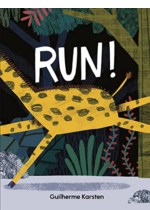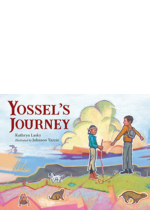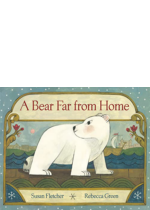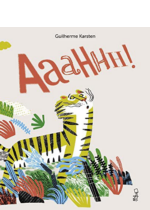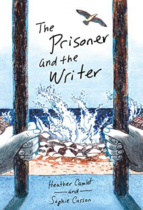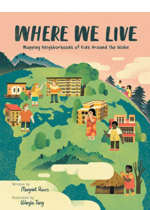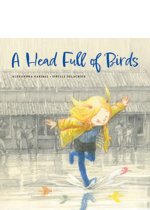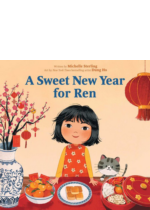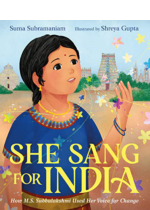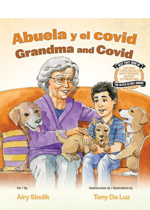
A young boy enjoys time with his grandmother who lives far away, using cell phones and other devices, but one day she stops calling and sending photos and videos of her dogs. He finds out that she needs an oxygen mask to speak and breathe and worries about her the next time they talk.

